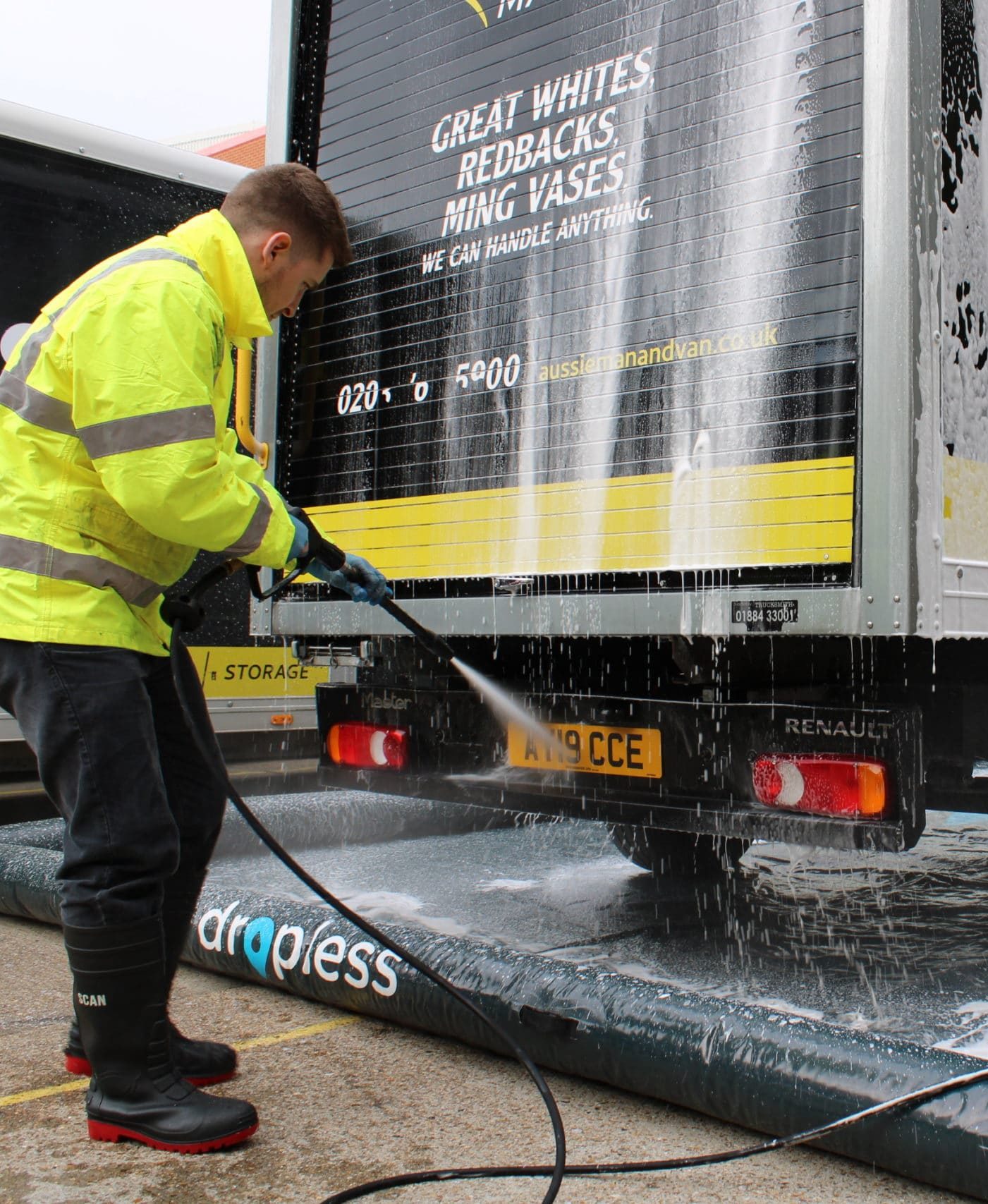For commercial vehicles used to transport goods and materials, it is important that they receive regular cleaning and maintenance to prevent accidents, protect the environment, and maintain a safe work environment.
With a build up of road tar, dust, oil or mud, the impact of contamination varies significantly depending on the type of vehicle and its purpose. But, in order to remove the build up of dirt and grime, the cleaning technology must always be able to do so reliably and efficiently without damaging the bodywork.
Commercial vehicles that are well-maintained undoubtedly help make a great impression, but these larger vehicles can be difficult to clean. So how should they be cleaned? Is a commercial hot pressure washer the answer, or should fleet managers focus on more standard commercial car wash equipment?
How to clean them?
Due to their size, commercial vehicles such as buses, trucks and vans have fewer cleaning methods available, and all options are very water-intensive. For a typical truck wash there are usually 3 simple steps to be taken whilst cleaning them:
Pre-wash
Truck cleaning is typically carried out using a commercial pressure washer, a prewash is an important first step as it helps to soften and remove stubborn dirt such as oil, rust, tar and insect residue.
Main wash
Once the vehicle has been prepped during the prewash, the loosened dirt and grime is safe to be removed using a powerful shampoo or foam. For the more stubborn dirt, brushes can be used to aid the cleaning process. The active ingredients of the shampoo help the brush bristles glide across and protect the vehicle’s paintwork from being scratched.
Post wash
After a rinse off with exclusively clean water, now is the time that some fleet managers might consider including additional vehicle fleet care options, such as waxing, which will help protect the vehicle’s paintwork and improve its longevity.
How often should your fleet be cleaned?
There are many factors to consider when establishing cleaning frequency for commercial vehicles, such as type of vehicle, amount of cargo, and climate. Guidelines may vary, but generally speaking, it is recommended that commercial vehicles be cleaned at least once a month in cold climates and every two weeks in warmer months.
Hydroloop with Dropless
At Dropless, we have devised an environmentally friendly alternative for HGV fleet washing which can be used for anything from a car wash to a truck wash, or even a bus wash.
Hydroloop is our bespoke water recycling system. It enables us to efficiently jet wash vehicles and then reclaim and filter the vast majority of the used water, essentially creating a closed-loop cycle. To find out more click here.



